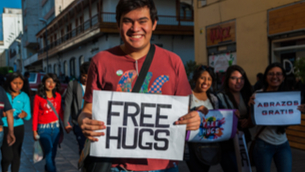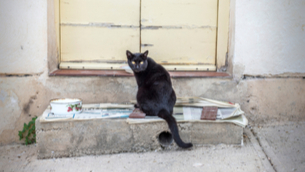Reflexive Verbs
I. Intro
Now that we’ve got a lot of work on objects under our belts, this lesson is going to be a breeze. We’re talking about reflexive verbs - verbs whose subject and object are one in the same. That is, when someone or something “does something to itself.” Sounds simple, and it is, really, except for the fact that Spanish mentions the “to itself” part more often than we do in English. It just takes a little getting used to. It can be helpful to not translate each reflexive phrase word by word and try to digest them as larger units of meaning.What does this mean? We’ll take a look.
II. Form
To begin, let’s learn the forms of the reflexive pronouns. They’ll look familiar to you, since we use a combination of pronouns you already know:Reflexive pronouns
| yo | me | nosotros | nos |
| tú | te | ||
| él/ella/usted | se | ellos/ellas/ustedes | se |
LavarseCarla se lava las manos.Literally: Carla washes herself the hands. Meaning: Carla washes her hands. Darse cuenta deAdrián se dio cuenta de lo había pasado.Literally: Adrian gave himself account of what had happened. Meaning: Adrián realized what had happened. VolverseLos Jiménez se volvieron ricos después de tocar la lotería.Literally: The Jiménezes returned themselves rich after winning the lottery. Meaning: The Jiménezes got/became rich after winning the lottery. |

























